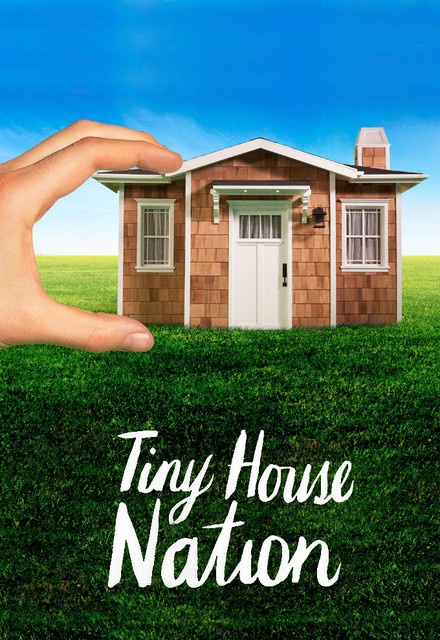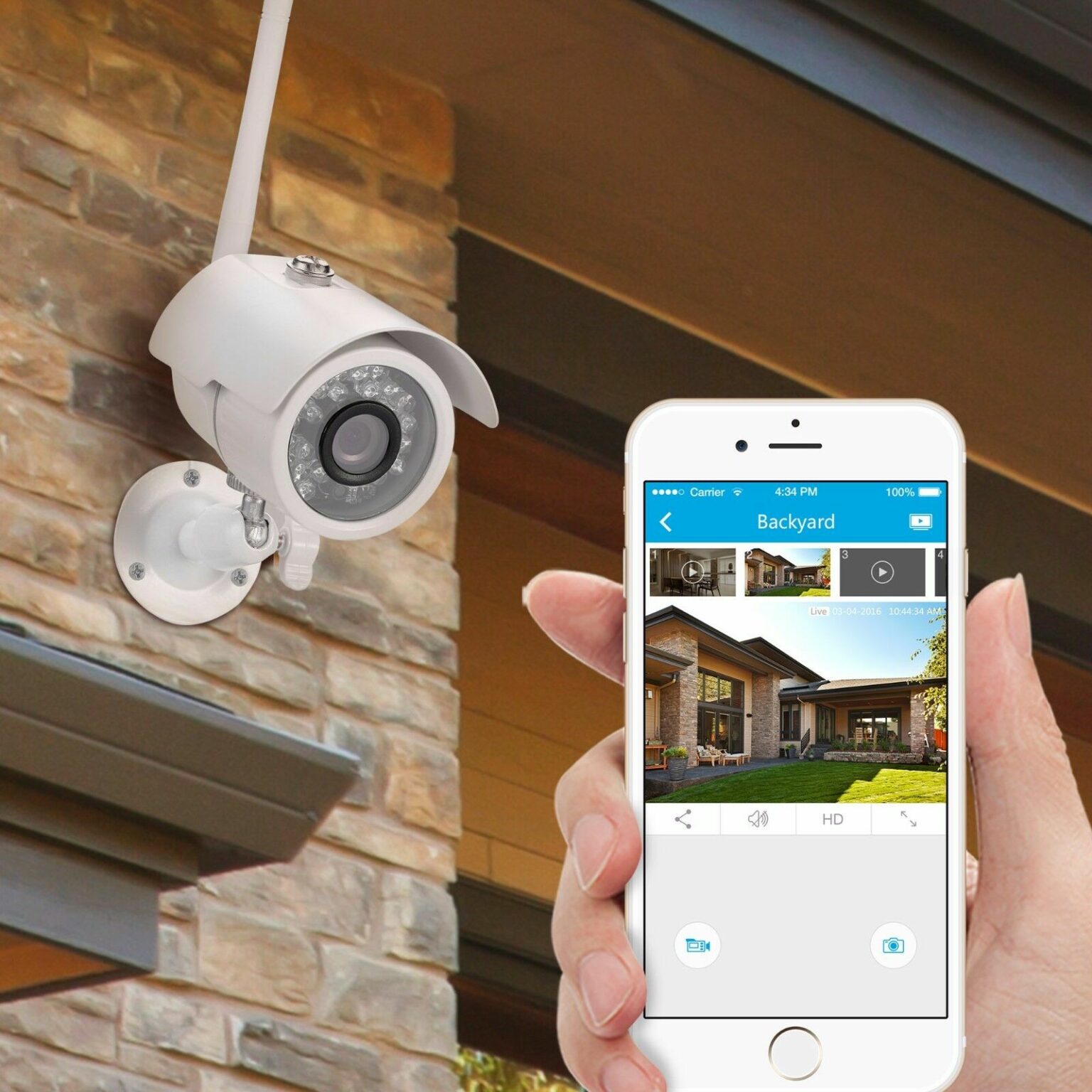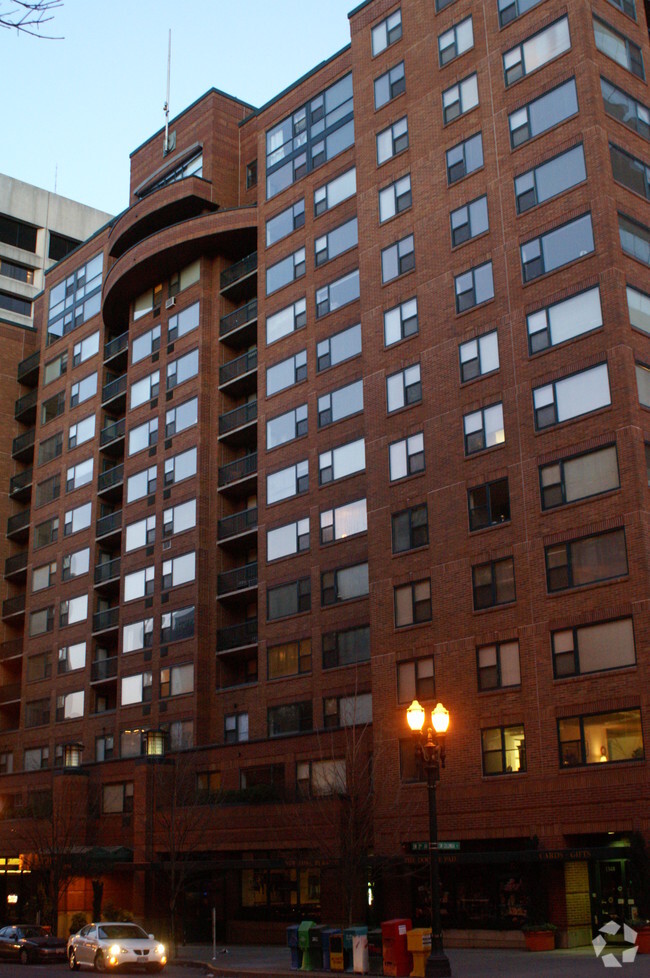Table Of Content
- How did Tony and Lori first get involved with the show ‘Tiny House Nation’?
- Considerations for Buying a Tiny House in California
- Consider Permitting and Zoning Regulations
- Tiny House Nation: Back to the Build
- Are Tiny Homes Legal in the US?
- What were some unexpected lessons that Tony and Lori learned from their experience of living in a tiny home?
- Create a Profile to Add this show to your list!
- Selecting the Right Type of Anchors for Your Tiny House

The show had a different genre of people looking to downsize, from young singles to families. In every episode, Zack and John met with a homeowner and showed them 3 different home designs for a tiny house. The homeowner decided on the best design, and then they started off with the project. Although every home was less than 500 sq feet, the designs were all innovative, with clever storage ideas to maximize the usage of the small space. When it comes to properly installing and securing the anchors for a tiny house, there are several important steps to follow.

How did Tony and Lori first get involved with the show ‘Tiny House Nation’?
Calculating the correct number of anchors is essential for ensuring the safety and stability of your tiny house during high winds. With this information in hand, you can proceed to properly installing and securing the anchors without compromising structural integrity or putting yourself at risk. When discussing anchor options with a structural engineer, they will likely provide recommendations based on their assessment of your specific situation. These recommendations will help guide you in selecting the right type of anchors for your tiny house construction project. Building my own tiny house in California is a feasible option, thanks to the state’s building regulations that allow DIY construction. This route offers several advantages, including cost savings and customization options.
Considerations for Buying a Tiny House in California
These types of anchors require digging a hole, placing a wooden or metal plate at the bottom, pouring concrete over it, and then attaching straps or cables from the tiny house to the anchor plate. Assessing soil composition involves conducting tests to determine its density, moisture content, and shear strength. These tests provide valuable information about how well the ground can hold anchors in place. For example, clay soils are prone to swelling when wet and shrinking when dry, which can affect anchor stability. On the other hand, sandy soils may not provide enough friction for secure anchoring. Without adequate anchoring, your tiny house is at risk of shifting or even toppling over, especially during extreme weather conditions such as high winds or earthquakes.

Consider Permitting and Zoning Regulations
Big bingeing on Tiny House Nation - Boing Boing
Big bingeing on Tiny House Nation.
Posted: Tue, 27 Oct 2020 07:00:00 GMT [source]
Determining the number of anchors needed depends on various factors, including the weight and size of your tiny house, soil conditions, and potential external forces like wind or seismic activity. Consulting with a structural engineer is essential in assessing these variables accurately. By understanding these factors and consulting local building codes or professionals, you can determine the appropriate number and placement of anchors for securing your tiny house. This ensures that it remains firmly rooted to the ground even in high wind areas. By using proper installing techniques and quality anchor materials, you can significantly increase your tiny house’s resistance against strong winds.
Tiny House Nation: Back to the Build
Tony and Lori faced numerous challenges during and after the show, from adjusting to minimalism to maintaining a minimalist lifestyle. They learned valuable lessons about the importance of simplicity and the impact it can have on their relationship. Through this experience, they discovered a newfound passion for pursuing their dreams and living life on their terms. Tiny House Nation covered innumerable homes to show how a tiny space can make a perfect home. You can still watch the show on Netflix and decide whether it’s worth investing in a tiny home. TinyHouseMe connects you with not one but multiple tiny home builders under one platform.
In conclusion, it’s crucial to recognize the vital role that anchors play in the construction of a tiny house. If you’re considering a tiny house in California, it’s important to be aware of the zoning and legal intricacies that come with it. Zoning challenges and legal permits can greatly impact where you can place your tiny house and what you can do with it.
What were some unexpected lessons that Tony and Lori learned from their experience of living in a tiny home?
The cost of a tiny house in California can vary depending on various factors such as size, location, and amenities. However, on average, tiny houses in California can range from $40,000 to $100,000. While financing options are available, it’s important to carefully consider the pros and cons of living in a tiny house before making a decision.
Create a Profile to Add this show to your list!
One of the main lessons I learned was that I didn’t need as much stuff as I thought I did. Living in a small space forced me to downsize and prioritize my belongings, and it made me realize that I didn’t need all the material possessions to be happy. Stay tuned to find out where Tony and Lori are now, and how their tiny house adventure has shaped their lives.
By properly installing and regularly inspecting the anchors, you can ensure their longevity and effectiveness. Furthermore, considering additional support systems such as tie-downs or bracing can provide extra stability for peace of mind. In all the five seasons of the reality TV show, we followed host John Weisbarth and renovation expert Zack Giffin who traveled around the US to find people looking to build their tiny homes. This was a fresh take as people who appeared on TV shared the vision of living simply and affordably.
Each city and county in California has its own zoning regulations, so it’s crucial to research and understand the specific rules in your desired location. Some areas may have restrictions on the size, height, and even appearance of tiny houses. Additionally, you may need to obtain certain permits or certifications to ensure your tiny house meets safety and building code requirements. Being knowledgeable about these zoning and legal restrictions will help you navigate the process and avoid any potential setbacks. In conclusion, turning a shed into a tiny house can be a rewarding project that offers both functionality and charm. By carefully assessing the condition of your shed and planning your layout and design, you can estimate the cost of materials and consider permitting and zoning regulations.
Furthermore, zoning regulations and finding suitable land to park a tiny house can be a hurdle in California. Many tiny house owners choose to connect to existing utility systems such as water, electricity, and sewage. However, some opt for alternative options to live off the grid, like solar panels for electricity, rainwater collection for water, and composting toilets for sewage. Additionally, some tiny house builders offer in-house financing options, allowing you to make monthly payments directly to them. This can be a convenient choice for those who may not qualify for a traditional loan or prefer a more streamlined process.
Additionally, inadequate anchoring can cause damage to the foundation, resulting in costly repairs and compromised safety. One interesting statistic to consider is that 70% of structural failures in small dwellings are due to improper anchoring. There are alternative methods and innovative solutions available for securing anchors for a tiny house. In addition to traditional anchor systems like helical piers or ground screws, you could consider using earthbags, which are durable bags filled with soil or sand.
During and after the show, the couple faced challenges as tough as climbing Mount Everest. We have multipurpose furniture, hidden storage compartments, and a loft bedroom that maximizes every inch. It’s amazing how much functionality we were able to squeeze into such a small space. After the crew left for the day and returned the next morning, the house was gone.
Yes, there are zoning restrictions and regulations for placing a tiny house in California. These regulations vary by county and city, so it’s crucial to research the specific area you’re interested in. When it comes to utility options for tiny houses in California, there are a few routes you can take.
Tiny houses, those compact dwellings that offer simplicity and minimalism, have become quite the trend in recent years. However, the cost of these pint-sized homes can vary greatly depending on several factors. In this article, we will explore the various elements that influence the price of tiny houses in California, including location, size, and amenities.














